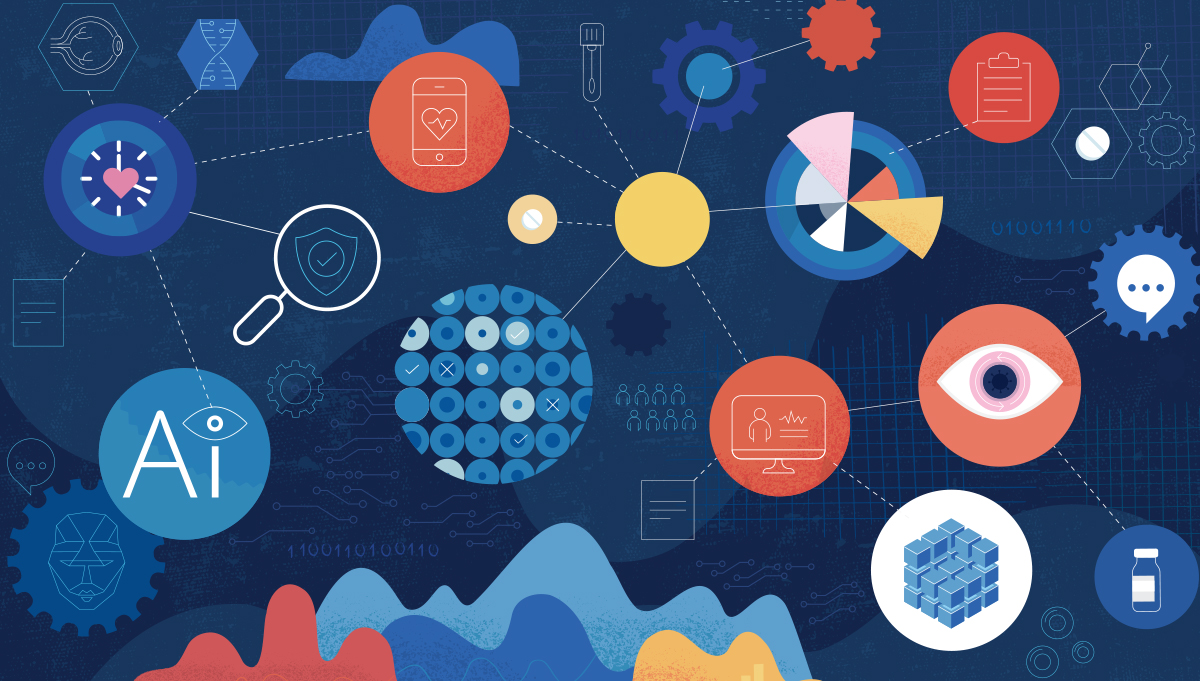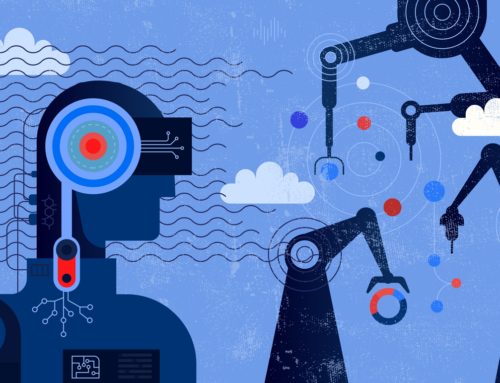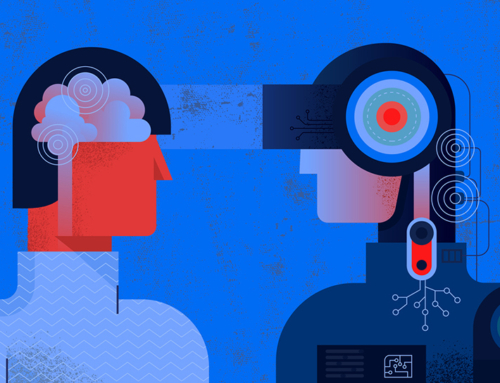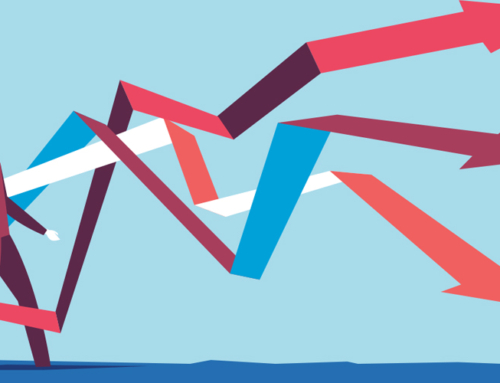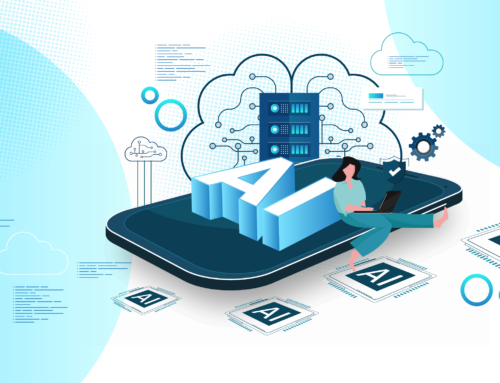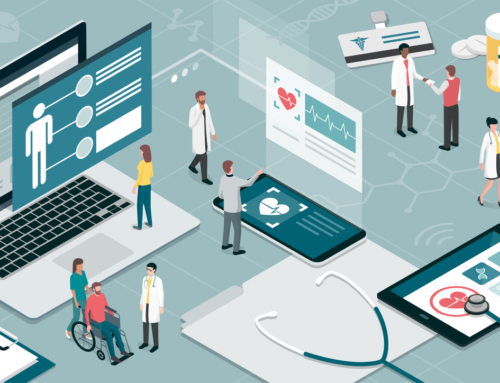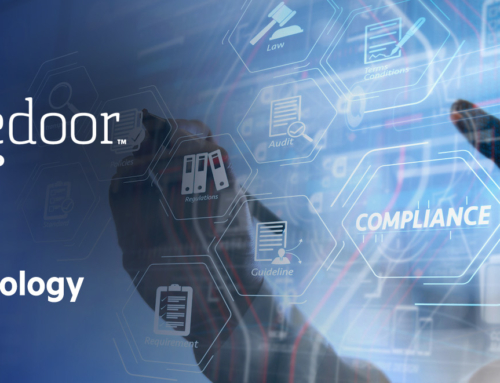Two years ago, we supported the prediction that by 2025, medical knowledge would double every 30 days. Now that we have reached this milestone, the pace of advancement is likely even faster. This shift, driven largely by the explosive growth of Artificial Intelligence (AI) in the last half-decade, has rapidly reshaped biomedicine, language modeling, and data processing. The ‘AI boom’ has unlocked incredible potential, enabling breakthroughs that are revolutionizing healthcare and science; but, in the hustle and bustle of daily life, the rapid advancement of AI has underscored a paradox. While AI fosters connectivity and enhances global collaboration, it simultaneously risks eroding the human element essential to health and care. Technological innovation must be balanced with responsible AI programming and human-centered design. Furthermore, the current trajectory of AI-driven transformation is not equitable – a select few stand to reap outsized benefits, potentially fueling increased health disparities. This imbalance highlights an urgent need for thoughtful policymaking and inclusive strategies to ensure that AI-driven progress benefits all.
As AI continues to ubiquitously define the second part of the roaring 2020s, we want to highlight some of the other most influential and transformative digital health trends poised to define 2025.
The Rise of Automation: Efficiency is the lifeblood of a healthcare system; without it, cracks emerge across the infrastructure. Disruptions in those efficiencies due to workforce shortages and time-consuming administrative burdens, such as the 3.5 to six hours a day physicians spend tethered to the EHR, have harkened automation services to enable health systems to reduce costs and tackle systemic inefficiencies. Innovations like virtual nurses and AI agents – tools that can carry out tasks autonomously – are streamlining traditionally labor-intensive tasks, cutting time and opportunity costs, and allowing clinicians to focus on higher-value patient care. Automation eliminates redundancies, minimizes time-wasters, and optimizes workflows in a system historically reliant on human resources. However, it also highlights the need to redefine roles and responsibilities for tasks now being managed by technology. This shift offers a critical opportunity: to reimagine healthcare operations and organizational culture by aligning automation with the evolving needs of patients and providers. This is especially important considering that over 90% of workers said automation solutions increased their productivity and helped them make decisions faster. By leveraging these technologies thoughtfully, healthcare can address inefficiencies, improve care delivery, and create a more sustainable and adaptive system for the future.
Ecosystem-as-a-Strategy: Collaboration is the driving force behind digital health transformation. Built on this principle, ecosystem-as-a-strategy revolves around immersive learning platforms and critical programming to harness real-world experiences that foster next-generation skills, capabilities, and mindsets. At its core, it coalesces around community pain points, recognizing that no single organization can solve every problem. An effective ecosystem strategy encourages partnerships to offer diverse, complementary solutions that better serve customers. Operating in silos stifles innovation, while collaboration drives progress for individuals, communities, and industries alike. For example, ecosystems that link healthcare providers, researchers, and tech innovators help communities adopt and leverage digital health tools more effectively. Specifically, 69% of business leaders from companies that are part of an ecosystem believe ecosystems are very important to their company’s current success, and 91% agree that ecosystems have increased the resilience of their business. To succeed in this model, traditional organizations must rethink their approach to customers. Instead of sticking to their industry-defined services, they should aim to address customer needs holistically – from start to finish on their journey. This shift not only fosters innovation but creates meaningful, sustainable impact across healthcare and beyond.
From Longevity to Healthspan: For many, the most universally desired human experience is a long, healthy life. Yet, in the United States, one in three people suffers from a chronic disease. As a result, consumers are increasingly taking health into their own hands, with approaches ranging from extreme investments like Bryan Johnson’s $2 million annual effort to reverse aging, to more accessible and affordable solutions. Advances such as polygenic risk scoring by Genomics plc help predict and prevent disease while health-monitoring devices, such as the Oura Ring, empower consumers to “know their numbers” and make data-driven choices. This demand will continue to rise, with 60% of consumers surveyed considering it “very” or “extremely” important to purchase products or services that help with healthy aging and longevity. However, this shift toward consumer-driven health must be reverse-engineered into mainstream healthcare to achieve a broader, more equitable impact. Moving from a reactive system to a proactive one – focused on prevention, early intervention, and personalized care – can better align healthcare with the realities of people’s lives. Bridging the gap between individual empowerment and systemic transformation is essential to creating a future where “healthspan” is extended, not just lifespan.
Increasing Comfort with Wearables: Data is the pulse of personalized healthcare. Wearable technology, and the wealth of knowledge it accumulates, is poised to push data ownership and understanding far beyond traditional fitness metrics such as step count. These devices can now track complex health metrics like blood pressure, hydration, stress levels, and sleep, which will be critical for early disease detection and proactive health management. By continuously monitoring these metrics, wearables can help patients stay engaged throughout their health journey, offering real-time data that can influence decisions both for individuals and clinicians. Notably, at least seven in 10 wearable owners say their fitness and health have improved with the help of these devices and apps. Gamification will also play a key role in motivating users to achieve health goals, rewarding milestones such as improved heart rates, better sleep scores, or reduced stress levels. For vulnerable populations, such as the elderly or disabled, wearables are invaluable for monitoring their health between doctor visits, reducing hospital readmissions, and improving quality of life. As consumers become increasingly comfortable with using these devices, providers can at last begin to shift the paradigm from reactive to proactive care, making healthcare more personalized and accessible.
The Next Epidemic – Misinformation: Misinformation is a silent epidemic in today’s healthcare landscape. It is spreading faster than ever, fueled by social media, unreliable sources, bad actors, and health myths. This influx of incorrect or intentionally misleading health information is eroding trust in health systems and putting patient safety at risk, with at least four in 10 people saying that they’ve heard each of 10 specific false claims. From such false medical claims to conspiracy theories, misinformation can lead to poor decision-making, delayed treatments, and even preventable health crises. Look no further than the recirculation of whooping cough due to continued mistrust in vaccines. Patients are increasingly relying on unverified advice instead of consulting medical professionals, with one in five consumers consulting TikTok before their doctor. This undermines the effectiveness of genuine healthcare education, leaving individuals vulnerable to harm. To counter this, there is a pressing need for stronger, more transparent communication from trusted sources, along with a concerted effort to educate communities on how to identify credible health information. The future of healthcare depends on how we tackle misinformation today, ensuring that individuals have access to accurate, reliable information when they need it most.
Building Trust with Blockchain: Blockchain is gradually reshaping the future of digital health, offering a secure and transparent foundation for innovation. In an era where data is becoming both a currency and an asset, blockchain enables individuals to control and own their health data, offering a secure alternative to traditional models of healthcare payment. Consequently, projections show that blockchain technology within the healthcare landscape is projected to reach USD 595.31 Billion by 2032 with a 63.5% CAGR. In life sciences, this technology unlocks new possibilities by allowing data to flow freely and safely between patients, doctors, and researchers while protecting privacy. Additionally, blockchain’s ability to safeguard data from wearables and implants ensures that sensitive health information remains secure and transparent. Furthermore, it creates a new ecosystem where health data can be monetized ethically, empowering patients to benefit directly from the value of their information. By providing greater autonomy over personal health data, blockchain is revolutionizing not only healthcare payments but also the way health data is shared, traded, and protected.
Do you need help rising above the marketing noise to bring your digital health solution to market and capitalize on these and other exciting growth opportunities?
Talk to Bluedoor: [email protected]


